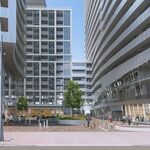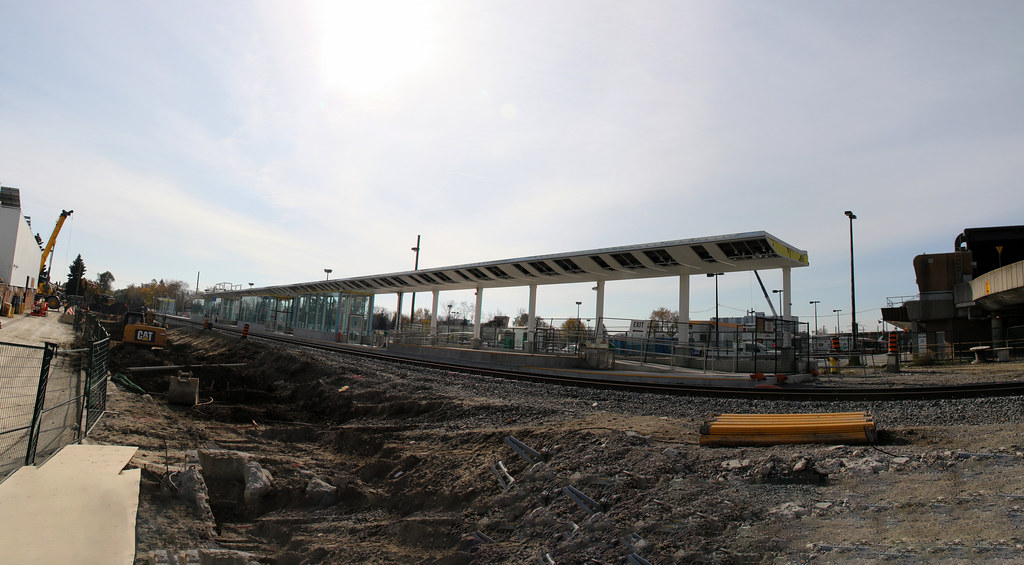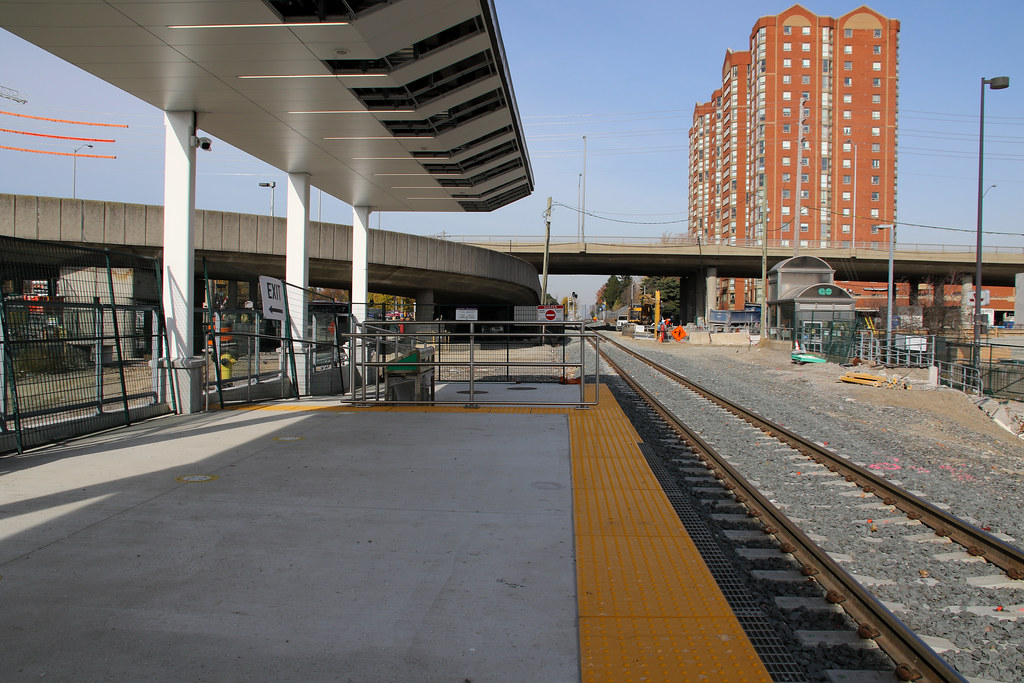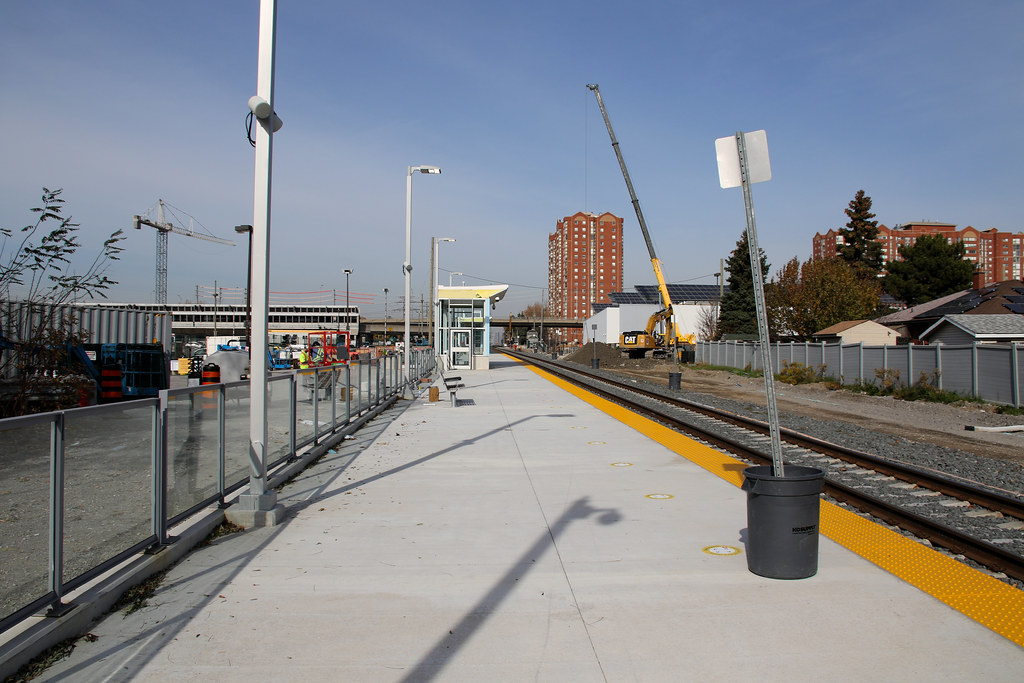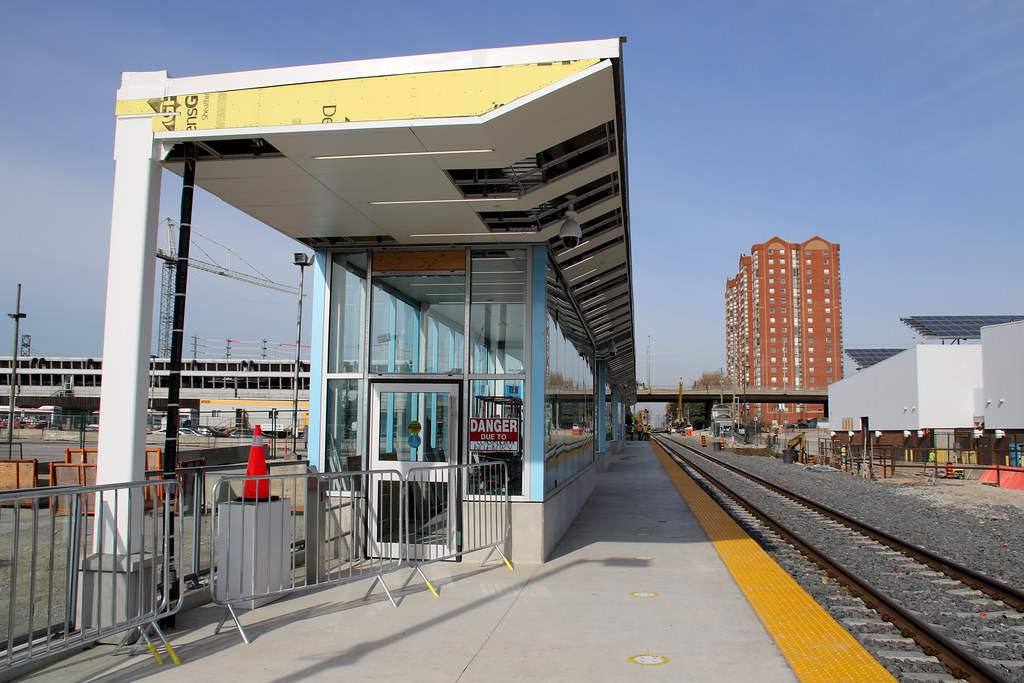Coolstar
Senior Member
This website explains quite well how other projects gain more attention from the media compared to the RER project. Depends on cost. Since the conversion to RER involves existing infrastructure as well as the fact we don't need to tunnel under Downtown Toronto since trains are already through-running, the costs amount to $13.5B or $50M per km and considering the size of RER at 262 km, it's fairly cheap. The old Relief Line plan and the Eglinton Crosstown are much shorter but considering the amount of infrastructure involved especially tunneling, you're looking at a much higher cost per km.The general population has no idea how transformative it is either, especially people who live in the downtown area, who still think of GO as something that's really only relevant to the suburbs. The good thing about it flying under the radar is that it doesn't become a political football. And there's less risk of it getting cancelled because a new party wants its own legacy project. It just keeps progressing, started by one party and continued by another, largely unaffected by politics. I wish more transit projects worked that way.

Part 4: How Not to Miss The RER Opportunity - Smart Density
As transformative as the RER can be, its potential is not treated accordingly by the media or the government organizations. Subway projects like the Relief Line or the potential extension of Line 1 to Richmond Hill, and even the Eglinton Crosstown project, which is an LRT, both received more...
Last edited:



